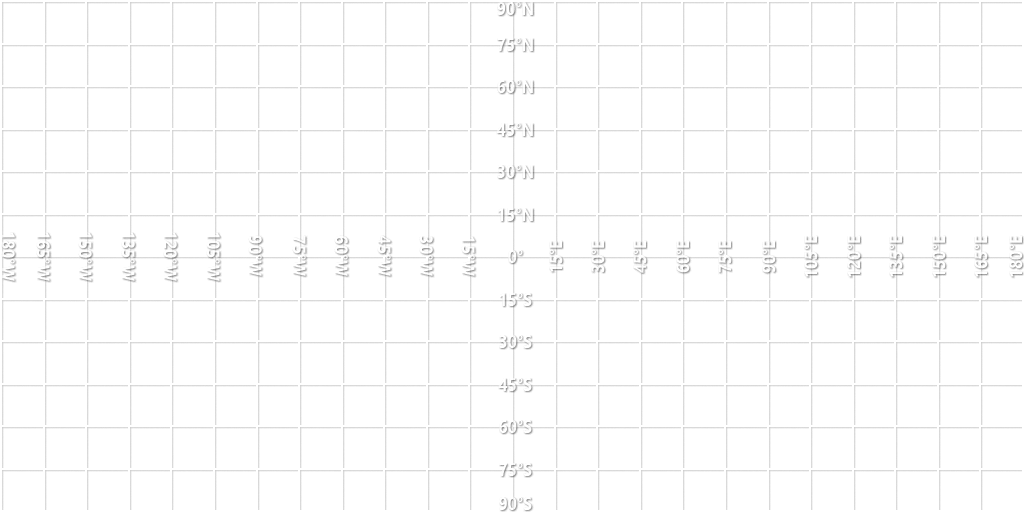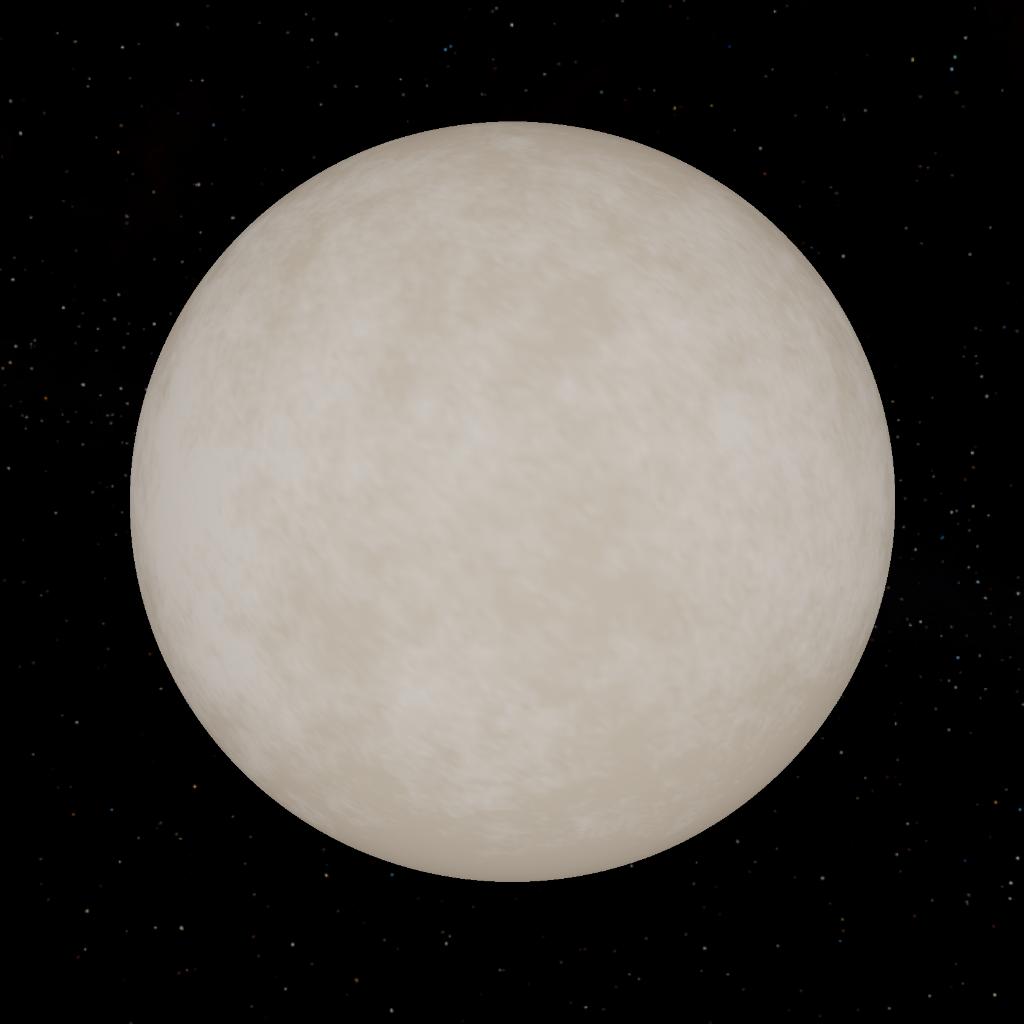Titania (/t?'t??ni?, -'te?-/), also designated Uranus III, is the largest moon of Uranus. At a diameter of 1,578 km (981 mi) it is the eighth largest moon in the Solar System, with a surface area comparable to that of Australia. Discovered by William Herschel in 1787, it is named after the queen of the fairies in Shakespeare's A Midsummer Night's Dream. Its orbit lies inside Uranus's magnetosphere.
Titania consists of approximately equal amounts of ice and rock, and is probably differentiated into a rocky core and an icy mantle. A layer of liquid water may be present at the core–mantle boundary. Its surface, which is relatively dark and slightly red in color, appears to have been shaped by both impacts and endogenic processes. It is covered with numerous impact craters reaching up to 326 kilometres (203 mi) in diameter, but is less heavily cratered than Oberon, outermost of the five large moons of Uranus. It may have undergone an early endogenic resurfacing event which obliterated its older, heavily cratered surface. Its surface is cut by a system of enormous canyons and scarps, the result of the expansion of its interior during the later stages of its evolution. Like all major moons of Uranus, Titania probably formed from an accretion disk which surrounded the planet just after its formation.
Infrared spectroscopy conducted from 2001 to 2005 revealed the presence of water ice as well as frozen carbon dioxide on Titania's surface, suggesting it may have a tenuous carbon dioxide atmosphere with a surface pressure of about 10 nanopascals (10-13 bar). Measurements during Titania's occultation of a star put an upper limit on the surface pressure of any possible atmosphere at 1–2 mPa (10–20 nbar). The Uranian system has been studied up close only once, by the spacecraft Voyager 2 in January 1986. It took several images of Titania, which allowed mapping of about 40% of its surface.
GENERAL INFO
- Created On: iOS
- Game Version: 1.3.204.1
CHARACTERISTICS
- Radius: 788 km
- Sea Level: None
- Surface Gravity: 0.4 m/s
- Rotational Period: 10h
- Escape Velocity: 794.2 m/s
- Mass: 3.73E+21kg
Atmosphere
- No Atmosphere
EQUIRECTANGULAR MAP


